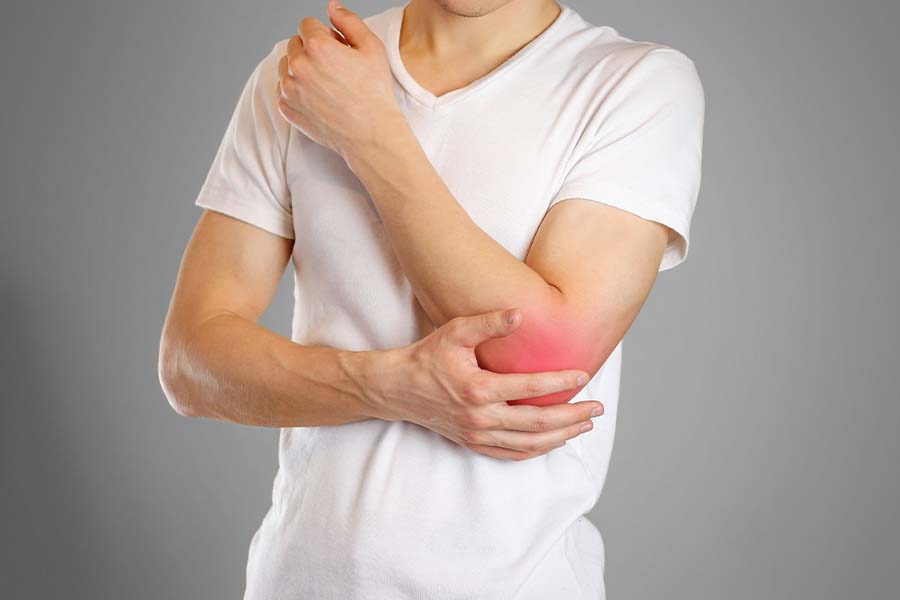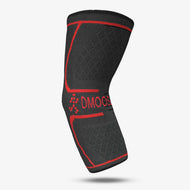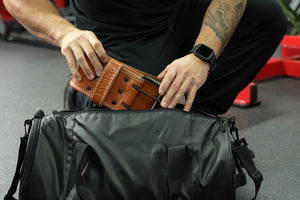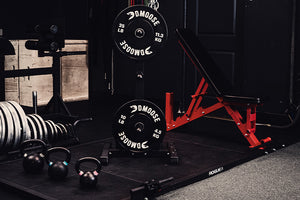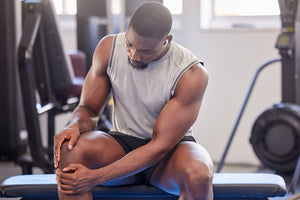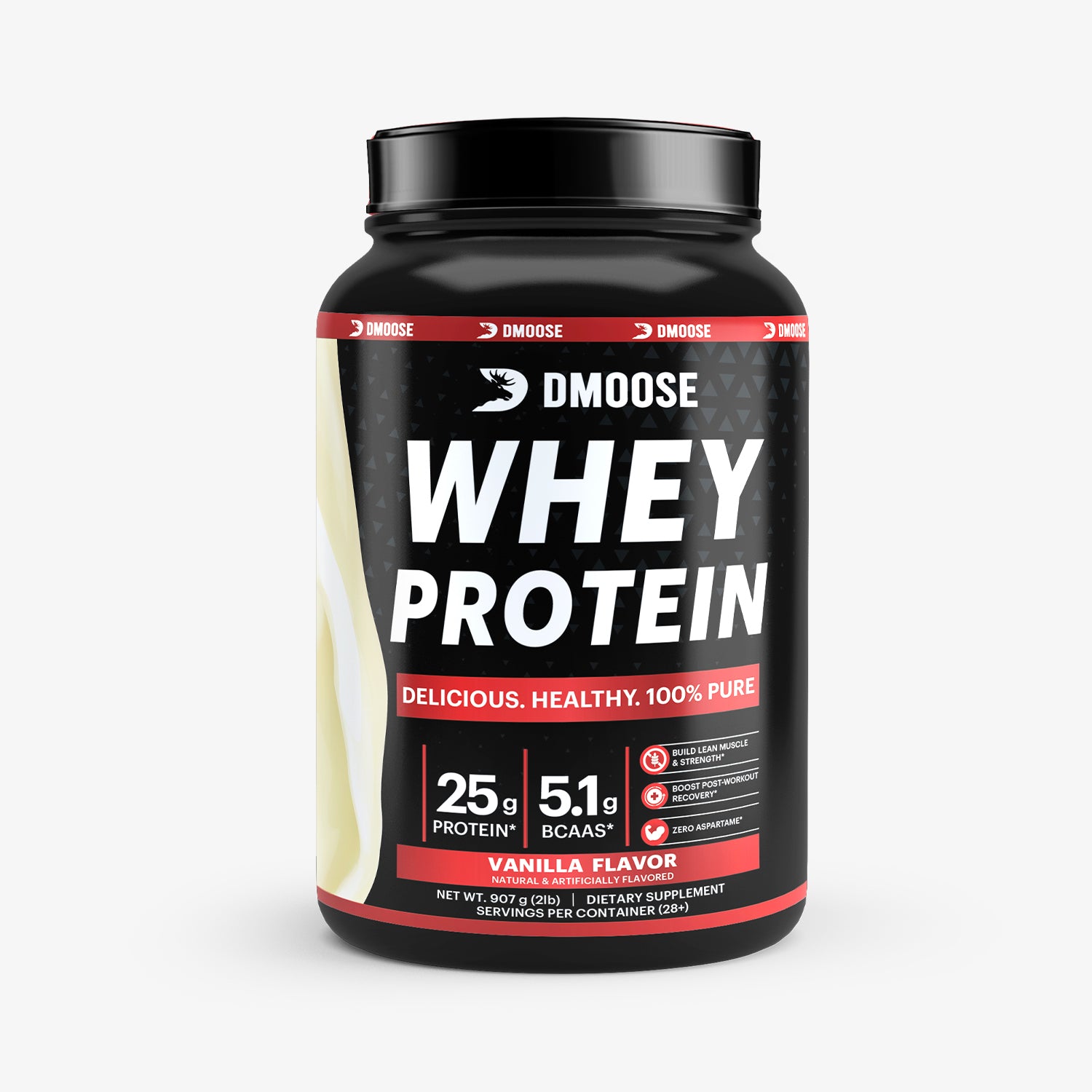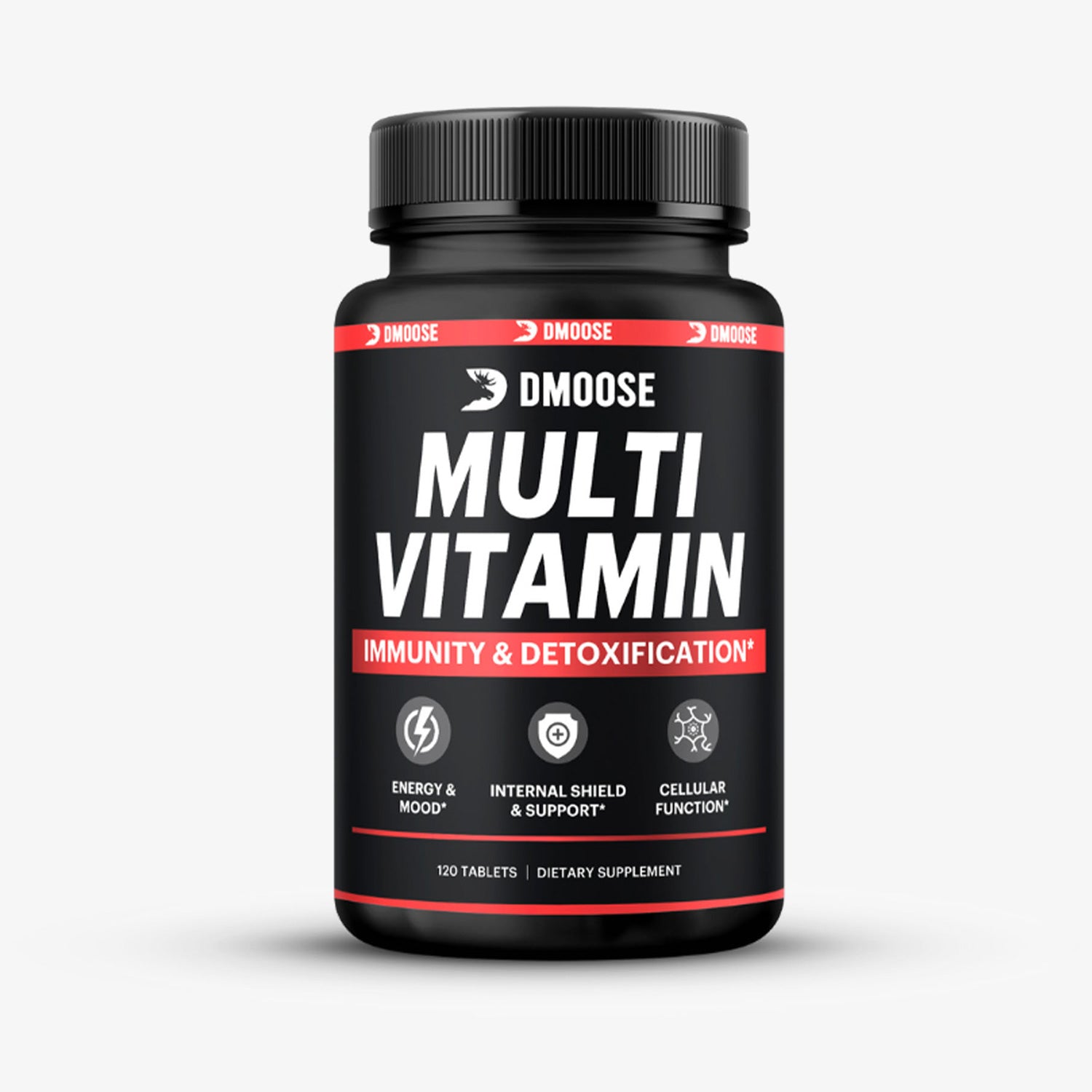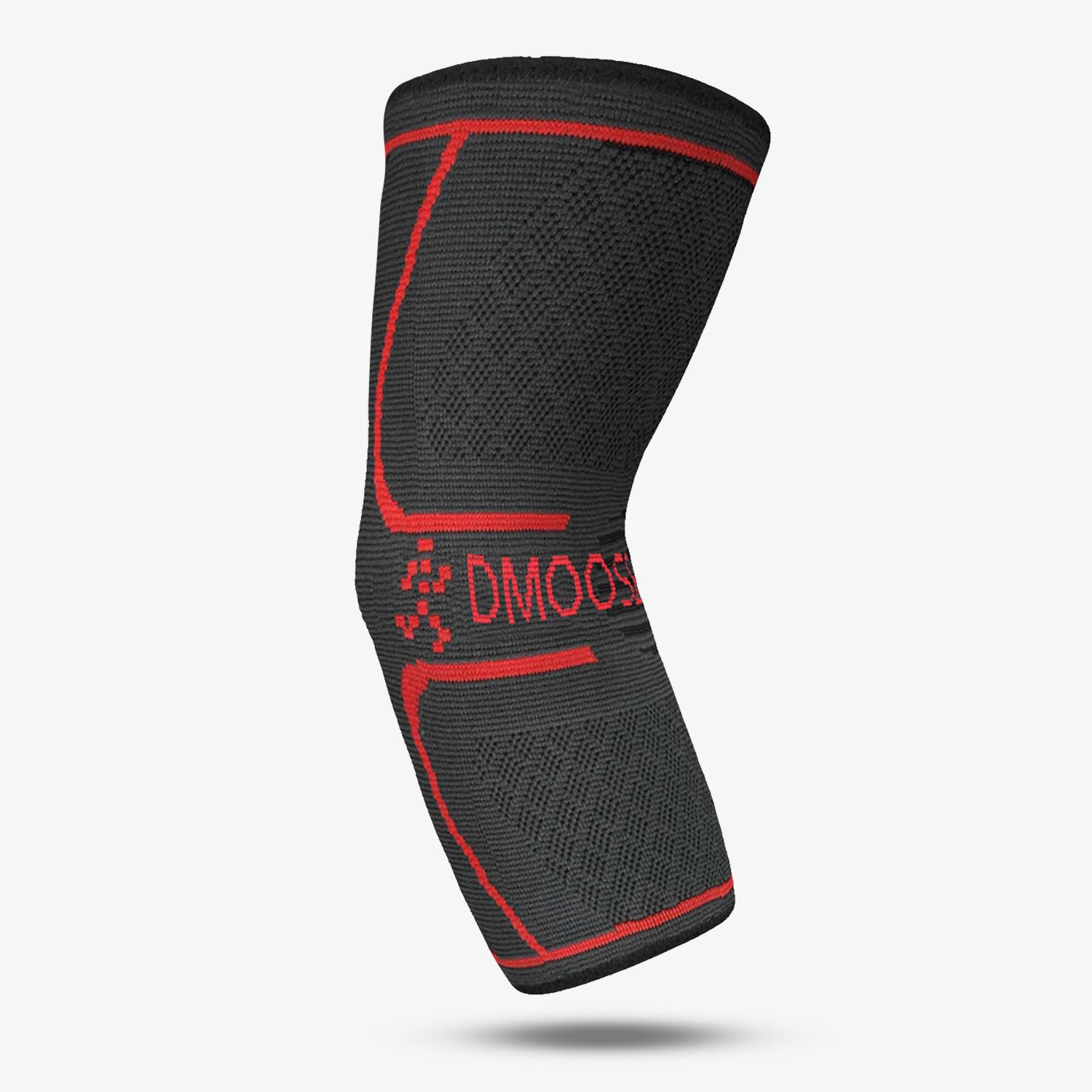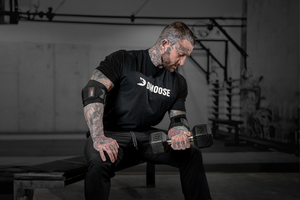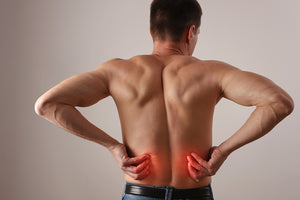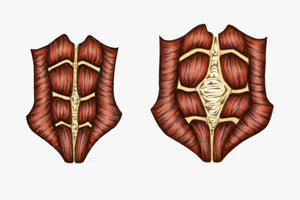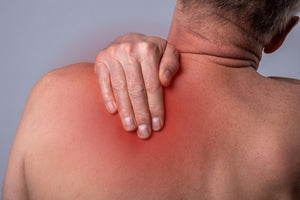Without your Elbow, how else would you make that perfect throw? Lift heavy items with ease? Swing away on the playground or give a lovely hug to someone special. But its intricate workings mean there are many more ways it can be injured– when bringing together a humerus, radius, and ulna bone in one joint injury must be prevented and avoided!
Your trusty Elbow can do some incredible stuff, like throwing a ball or playing the banjo–but beneath its smooth surface lies an intricate system of ligaments and tendons. This unique setup allows your arm to perform all those fantastic things while providing cushioning from impact with cartilage pads!
Sadly though, when something's off-kilter in this complex anatomy – whether it be nerve pains, torn tissue, or otherwise – you can really feel it and not so much in that fun way either. So follow up regularly on how your elbows are doing; after all, they're pretty special tools you wouldn't want to lose too early.
10 Common Causes of Elbow Pain
Elbow pain can come from any number of sources, but here are the top 10 that might have your arm feeling less than excellent. The leading causes of elbow pain include any one-time injury, wear & tear injuries, and diseases.
From overuse to injury and everything in between, let's look at what can be behind all those aches! Following are 10 common causes of pain in the elbow when straightening the arm.
- Fractured Elbow
- Sprain
- Bursitis
- Golfers Elbow
- Trapped Nerves
- Stress Fractures
- Osteoarthritis
- Osteochondritis Dissecans
- Tendinitis
- Dislocated Elbow
1. Fractured Elbow

Arming yourself with knowledge against broken arms is the most reliable defense! Falling onto an outstretched hand can be surprisingly common and it's essential to seek medical attention immediately if the injury is severe.
Don't let a fracture go untreated - make sure that those three precious bones (ulna, radius & humerus) get patched up as soon as possible for complete healing. When treating an injury, the location and severity of said fracture will determine its path.
A minor twist may be soothed with a few simple steps - some ice here or there, maybe even slap on a sling for good measure – but more severe breaks could call for something much bolder: perhaps surgery is in order using hardware such as pins, screws or plates to ensure everything holds together while healing occurs.
Causes
Misfortune seems to lurk around every corner, whether it's a seemingly innocent slip during playtime or an unexpected twist of fate. One thing remains the same: broken arms are often caused by falls, sports-related injuries, and accidents involving direct trauma.
Symptoms
Among the signs and symptoms are:
- Severe pain that may worsen with movement
- Swelling or Bruising
- A deformity such as a bent arm or wrist
- Inability to rotate your arm from palm up to palm down or vice versa.
When To See a Doctor
If your arm is so painful that you can't use it usually, see a doctor immediately. The same is true for your child. Delays in diagnosing and treating a broken arm, particularly in children, who heal faster than adults, can result in poor healing.
2. Sprain

A sprain is caused by the stretching or tearing of ligaments, which are the rugged bands of fibrous tissue that connect two bones in your joints. Elbow sprains are the most common type of sprain.
A sprain differs from a strain in that a sprain involves an injury to the bands of muscle that connect two bones.
Rest, ice, compression, and elevation are used as initial treatments. Mild sprains can be treated successfully at home. Severe sprains may necessitate surgery to repair torn ligaments.
Causes
All in all, a sprain is an injury that can occur to anyone at any time. It's essential to be aware of the symptoms and causes so you can prevent it from happening or get it treated as soon as possible if it does occur.
Symptoms
Depending on the severity of the injury, signs, and symptoms may include:
- Pain
- Swelling
- Bruising
- Limited ability to move the affected joint.
- You can hear or feel a "pop" in your joint at the time of the injury.
When To See a Doctor
Despite mild sprains being something you can nurse from home comfort, more severe injuries may be present. Be sure to visit a doctor if elbow joint movement proves painful, numbness is felt in any area near the injury, or pain directly over bones within an injured joint!
3. Bursitis

Bursitis is a painful condition that affects bones, tendons, and muscles near your joints. It is also called inflammation of the joints.
Bursitis is most commonly found in the shoulder, elbow, and hip. Bursitis in the Elbow is due to frequent repetitive motion. Resting the affected joint and protecting it from further trauma are common treatments.
Causes
Any continuous pressure on the bursae around a joint causes bursitis. It can often be seen in athletes or work environments, whether from throwing baseballs frequently or crouching for long periods while carpeting–beware.
Other causes could come from an injury to the area, arthritis like rheumatoid and gout, or even infection.
Symptoms
The common symptoms of elbow bursitis include:
- Ache or stiffness
- If you move or press on it, the pain increases.
- It appears swollen and red.
When To See a Doctor
If you're experiencing any of the above symptoms, it's best to consult your doctor as soon as possible. In the meantime, try icing and resting the affected area to see if that provides relief. And remember: if you don't have a medical degree, don't diagnose yourself – always seek professional help.
4. Golfers Elbow

Golfer's Elbow is a disease that causes pain where the tendons of your forearm muscles attach to the bony bump on the inside of your Elbow. The pain may spread to your forearm and wrist. So, in Golfer’s elbow you feel pain on the outside of the elbow when straightening your arm.
A golfer's Elbow is similar to a tennis elbow in that it occurs outside the Elbow. It's not just for golfers. Tennis players and others who clench their fingers or use their wrists repeatedly may develop a golfer's Elbow.
Rest, appropriate treatment, and flexbar can help you get back into the swing of things.
Causes
Throwing activities, like baseball and golfing, put a strain on tendons which may lead to injury of the elbow muscles when not done correctly. Weight lifting can also be a culprit for unusual stress being placed on joints.
Furthermore, powerful motions that must be repeated at work (e.g., construction) might eventually turn into tendon pain affecting your elbows, too, so keep track of how much you're pushing yourself in daily activity!
Symptoms
The golfer's Elbow is distinguished by:
- Tenderness and pain.
- Stiffness.
- Weakness.
- Tingling or numbness.
When To See a Doctor
If elbow pain and tenderness persist despite rest, ice, and over-the-counter treatments, it's time to consult your doctor. If symptoms such as heat in the affected area, deformity, fever, or if you can't bend your elbow seek medical attention immediately; there may be an underlying fracture that needs urgent care.
Related Article: How to Cure Tennis Elbow
5. Trapped Nerves

Do you feel pain in your elbow when straightening your arm after sleeping? A pinched nerve may be to blame. This condition, medically known as nerve compression or entrapment, occurs when something outside the body puts pressure on a particular nerve within its limited space, causing inflammation that leads to uncomfortable symptoms.
Though most common around the elbow and wrist area, nerves can become compressed almost anywhere throughout your anatomy. So, if you have any suspicious signs and you can not straighten your elbow without pain, it's best to have them checked out by a doctor who will determine what comes next for getting back on track!
Causes
As you move through your everyday activities, it's possible for the nerves in your arm to become compressed. A pinched nerve is most likely around areas like the wrist or elbow due to its proximity to bone and other tissue structures.
Repetitive motions or positions can be a common culprit of this issue, but any number of scenarios could lead to feeling that oh-so-familiar pain!
Symptoms
Here are a few of the signs and symptoms of an arm-pinched nerve:
- A "pins and needles" feeling.
- Tingling sensation.
- Burning sensation.
- Loss of sensation.
- Pain numbness
- Muscle weakness
- Loss of mobility
When To See a Doctor
If your elbow movements are limited or accompanied by sensations of tingling, numbness, or pain that won't subside with rest and ice, you may have an entrapped nerve - time to see a doctor.
6. Stress Fractures

Stress fractures are microscopic cracks in the bone. The weight-bearing bones of the arm are the most vulnerable to stress fractures. Track and field athletes and military recruits who carry heavy packs over long distances are most at risk, but stress fractures can happen to anyone.
If you begin a new exercise program, for example, if you do too much too soon, you may develop stress fractures.
Causes
Too much too soon can be a recipe for disaster: when the bones in our body are subject to sudden, unaccustomed forces without enough recovery time, they weaken faster than our bodies can repair them—potentially leading to stress fractures.
They are caused by repetitive force, often from overuse, such as jumping up and down repeatedly or running long distances. Stress fractures can also occur due to the regular use of a bone that a condition like osteoporosis has weakened.
Symptoms
The pain associated with a stress fracture may be barely noticeable initially, but it worsens over time. Tenderness usually begins in one location and diminishes with rest. Swelling around the painful area is possible.
When To See a Doctor
If your bursitis-related pain persists or worsens with rest, it may be time to consult a doctor about further treatment.
7. Osteoarthritis

The most common type of arthritis, affecting millions of people worldwide, is osteoarthritis. It happens as the protective cartilage that cushions the ends of the arm bones deteriorates over time. And you feel elbow pain when bending and straightening your arm.
Although osteoarthritis can affect any joint, it most commonly affects the hands, knees, hips, and spine.
Staying active, maintaining a healthy weight, and receiving specific treatments may help slow disease progression and improve pain and joint function.
Causes
Osteoarthritis is more than just a wear and tear condition - it's an all-encompassing breakdown of your joints that affects the cartilage, bones, connective tissues, and joint linings.
It can start with simple deterioration over time but, if left unchecked, will result in bone scraping against bone due to complete loss of cushioning from missing or damaged cartilage.
Symptoms
Osteoarthritis signs and symptoms include:
- Pain.
- Stiffness.
- Tenderness.
- Loss of adaptability.
- The sensation of the grating.
- The spurs are on the bones.
When To See a Doctor
Suppose you've been subject to excessive motion or positions that could strain your Elbow. In that case, it may be time for a visit to the doctor- because even slight repetition can cause bone eburnation and further aggravate an existing case of osteoarthritis.
8. Osteochondritis Dissecans

Osteochondritis Dissecans is a joint condition in which bone beneath the elbow joint cartilage dies due to a lack of blood flow. This bone and cartilage can become loose, causing pain and potentially impeding joint motion.
Osteochondritis Dissecans are classified by doctors based on the size of the injury, whether the fragment is wholly or partially detached, and whether the fragment remains in place. Try adding multivitamins and vitamin D supplements to help prevent Osteochondritis Dissecans.
Causes
Osteochondritis Dissecans is a mysterious condition that appears to be spurred by the minor, everyday traumas experienced in one's daily life. Researchers theorize this could stem from genetics, ensuring individuals are more susceptible than others; however, its exact cause remains unknown.
Symptoms
Signs and symptoms of Osteochondritis Dissecans are:
- Pain.
- Tenderness and swelling.
- Swollen and tender.
- The popping or locking of a joint.
- Weakness in the joints.
- Reduced range of motion.
When to See the Doctor
Consult your doctor if you have persistent pain or soreness in your knee, Elbow, or joint. Other signs and symptoms to seek medical attention include joint swelling or an inability to move a joint through its full range of motion.
9. Tendinitis

Tendinitis is an inflammation of the fibrous cords that connect muscles to bones. Tendons are the name given to these cords. Pain and tenderness are felt just outside a joint due to the condition. Tendinitis can affect any tendon. However, it is most commonly found around the elbows.
Most tendonitis can be treated with rest, physical therapy, and pain medication. Long-term tendon inflammation can result in tendon tears. Use of anti-inflammatory drugs like ashwagandha root may help symptoms. However, a torn tendon may necessitate surgery.
Causes
Injuries can undoubtedly cause tendinitis, but it's much more likely to occur due to repetitive motions. Examples include working at a job or engaging in a hobby where the same action is performed repeatedly; this continual stress on your tendon could be enough for inflammation of the affected area (tendinitis).
It's important to prioritize proper body positioning when performing any movement repeatedly - even if all other factors are correct, doing something wrong may overload the tendon and trigger an episode.
Symptoms
Typical symptoms include:
- Pain is often described as a dull ache, particularly when moving the injured limb or joint.
- Tenderness.
- Swelling can be minor.
When To See a Doctor
If you're feeling the effects of tendinitis, give it a few days to see if self-care can make a difference; however, don't be afraid to ask your healthcare provider for help if daily activities are becoming increasingly complex.
10. Dislocated Elbow

When any of the three bones in the elbow joint become separated or knocked out of their regular positions, it is called a dislocated elbow.
Dislocation can be excruciatingly painful, causing the Elbow to become unstable and, in some cases, immobile. Dislocation harms the elbow ligaments and can also harm the surrounding muscles, nerves, and tendons (tissues that connect the bones at a joint).
If you believe you have an elbow dislocation, seek medical attention immediately. Treatment lowers the likelihood of irreversible damage. Compression elbow can help in treating.
Causes
A dislocated elbow can have several causes. Most elbow dislocations occur when people use their outstretched hands to stop a fall. Also, when people reach out to brace themselves against impact in a car accident, they can dislocate their elbows.
Dislocations can occur as a result of sports injuries. Overuse is another possibility. Dislocations can be caused by a joint disorder such as Ehlers-Danlos syndrome in some cases. Further, Ehlers-Danlos syndrome causes joints to be unusually loose and flexible.
Symptoms
Common symptoms of dislocated elbows:
- Bruising
- Arm that appears to be malformed (bone looks out of place)
- Joint dysfunction
- Inability to move the elbow
- Pain
- Swelling
When To See a Doctor
After suffering an elbow dislocation, you should first see your Doctor right away. Make sure you are seeking medical advice - timely treatment is vital for a full recovery.
Related Article: Elbow Pain? Ultimate Tips for Training Around Cranky Elbows

Compression Elbow Sleeve for Elbow Pain
Reduces risk of injuries Enhances performance Reduces pain and inflammation Prevents overextension of joint Your Rapid Recovery Mechanism Compression sleeve for elbow helps relieve pain and aching muscles.
Takeaway
Elbow pain can have many causes, from fractures, sprains, bursitis, golfer's elbow, and trapped nerves. Symptoms may include pain or stiffness in the joint area and swelling and bruising.
If you're experiencing elbow pain, don't despair. You're not alone, and your discomfort has many possible causes. The good news is that most cases of elbow pain can be treated with home remedies or a simple visit to the doctor.
By understanding the most common causes of elbow pain, you can take steps to relieve your discomfort and prevent future injuries. So what are you waiting for? Get started on finding relief today.
Reading List
TRENDING ARTICLES
Article Sources
- Martinez-Catalan, N., and J. Sanchez-Sotelo. “Primary Elbow Osteoarthritis: Evaluation and Management.” Journal of Clinical Orthopaedics and Trauma, vol. 19, May 2021, pp. 67–74. PubMed Central, https://doi.org/10.1016/j.jcot.2021.05.002.


